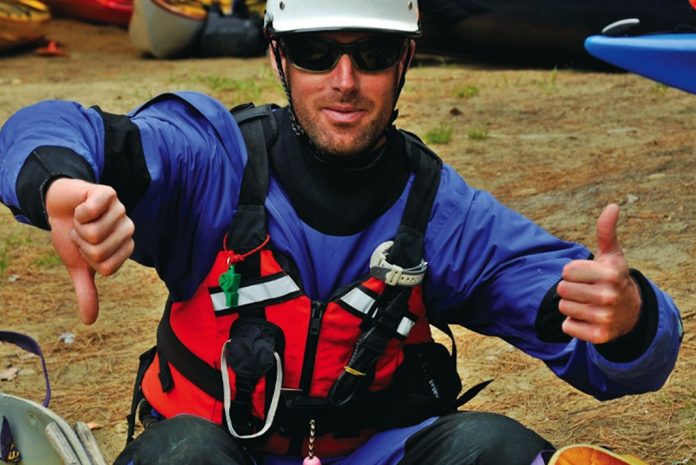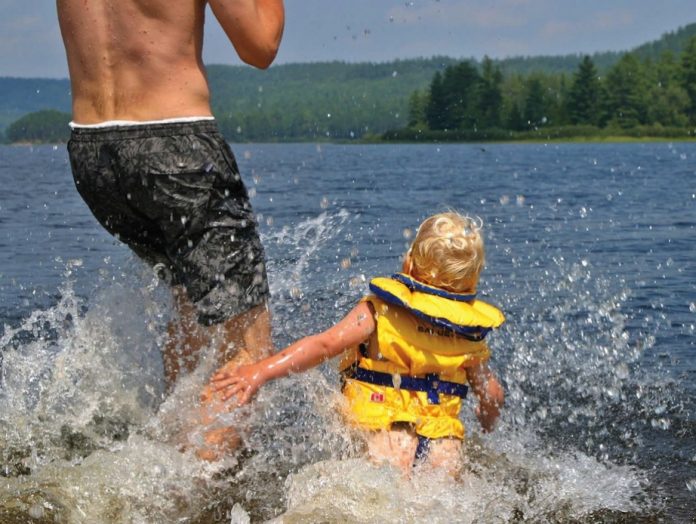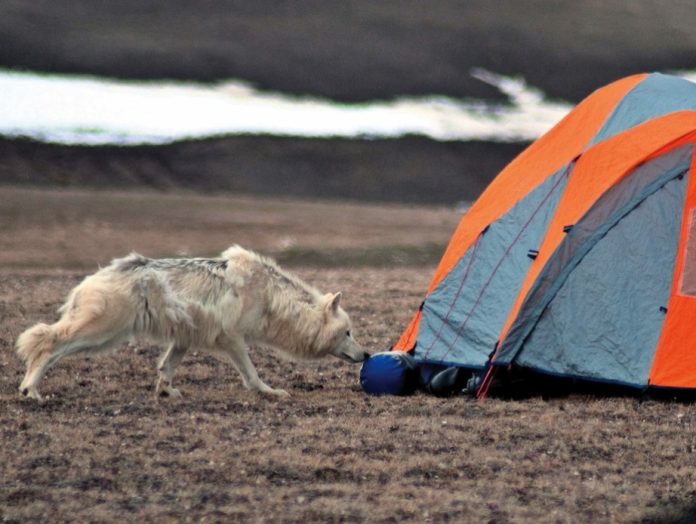There’s something seriously wrong with me. It’s weird—I’ve never felt this way before. It’s a perfectly sunny, inviting weekend with all the sparkling promise of early summer. The fresh, new leaves on every branch are the most vivid green imaginable; the sky is an impossible, electric blue. A gentle zephyr dances across shimmering waters, whispering refreshment and encouragement. And yet I don’t know what to do with myself. It’s not that I don’t feel inspired to do anything, it’s that I desire to do everything. All at once. I’m torn in too many directions and so, wracked with indecision, I stand rooted to the spot, morning coffee in hand, unable to do anything.
The problem is one of scarcity: I have only these two precious days away from my desk—it’s imperative that I spend them wisely, make them count. And it’s also a problem of abundance: I have way too many interests, passions and, yes, nagging chores (we’ll forget the latter for now—certainly not a day well spent). Instead of excitement and possibility, I feel anxious and unsure.
The feeling is doubtless heightened by my recent relocation to a new part of the country, complete with a brand new index of potential adventures. I yearn to explore all its pages, make them my own, worn and dog-eared, annotated and highlighted. With the long, lingering daylight of the approaching solstice, this could be the day I launch my sea kayak on that multi-lake mini-epic I scouted at the dinner table, maps spread out after the plates were cleared. But the water level on the backyard creek is perfect for exploring that hidden marsh I discovered over the winter, and I haven’t had the canoe out yet this month.
Wait a minute, though, now that it’s well and truly hot out, wouldn’t it be fun to get out on that SUP a friend promised she’d let me borrow one of these days? And if the water level is perfect on my creek, that means it’s also ideal for a playful day run down my local whitewater river.
Decisions, decisions—what’s a paddler to do?
It took getting slammed with a virulent bout of summer flu to put things in perspective. Couch-ridden, eyes squinted shut against the needling brilliance of an otherwise perfect weekend—clear-as-a-bell, unseasonably warm nights, bugs not yet intolerable, friends available to paddle—I remembered at once what I’d somehow, ridiculously forgotten: Any day on the water is a day well spent.







